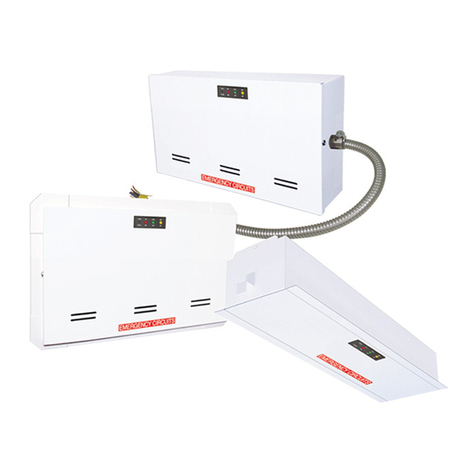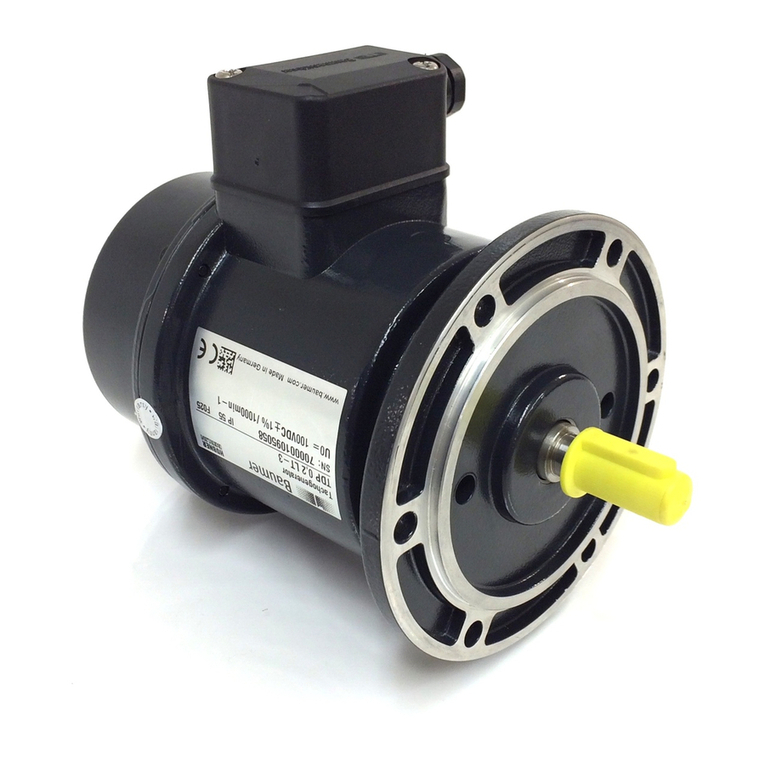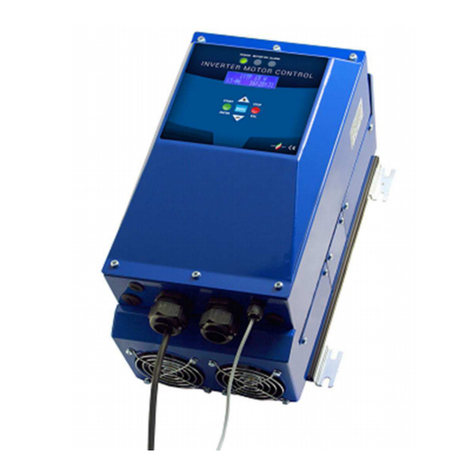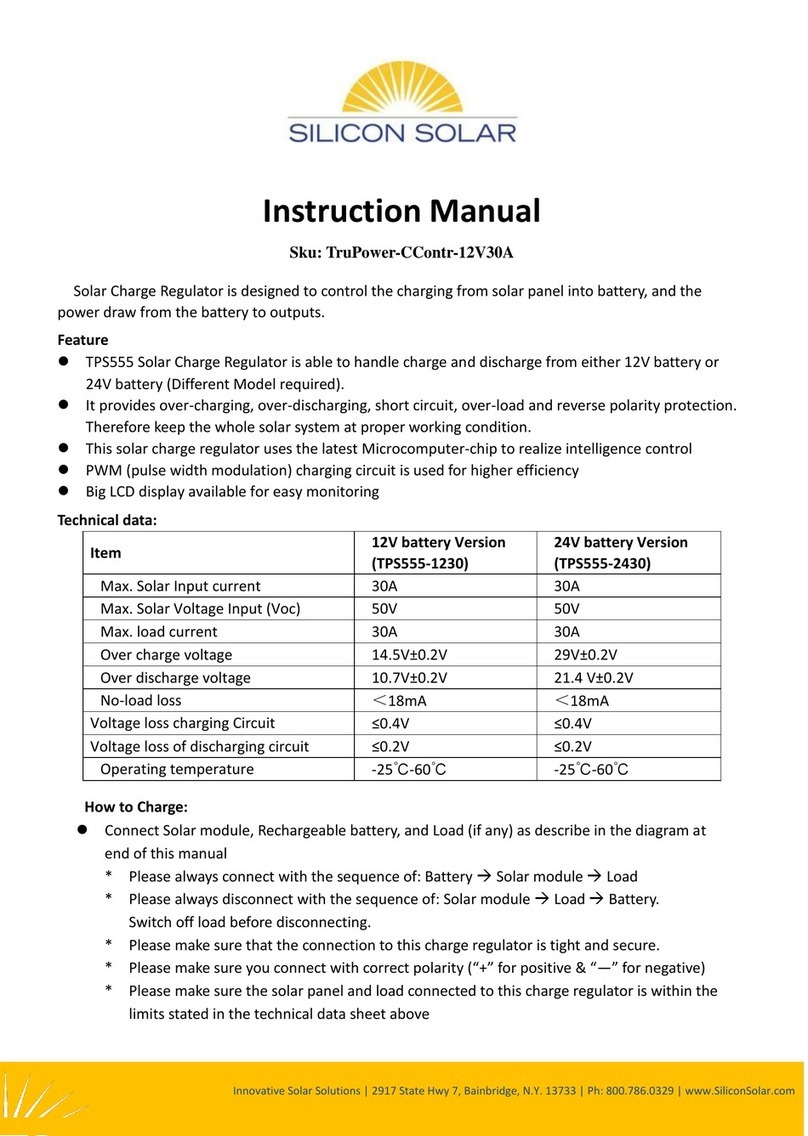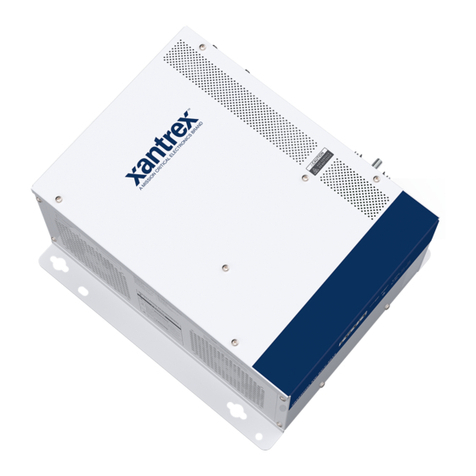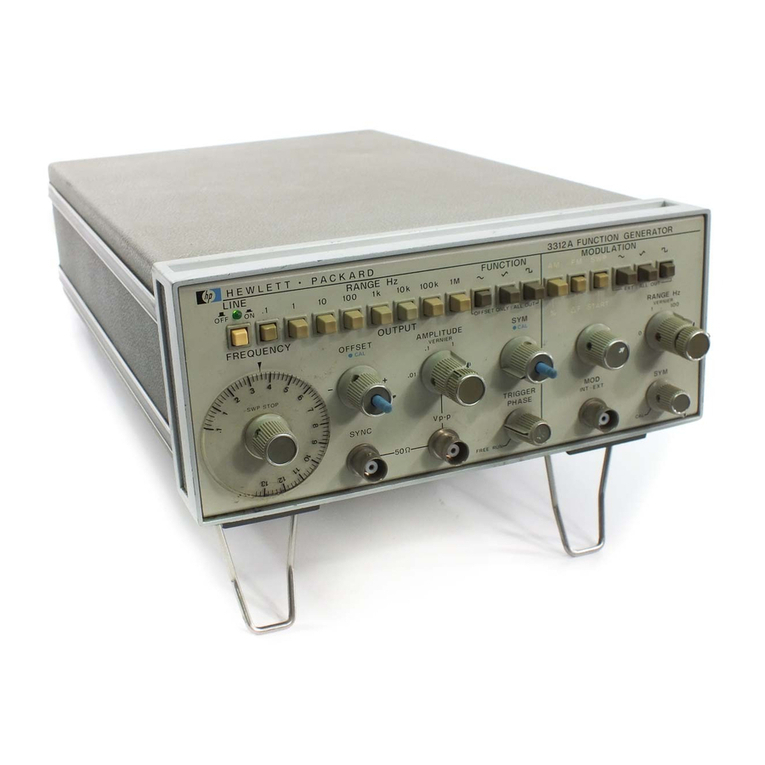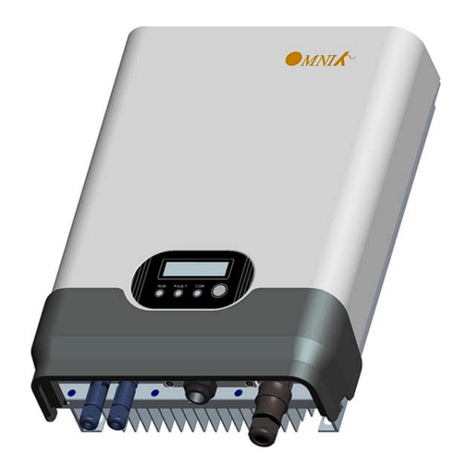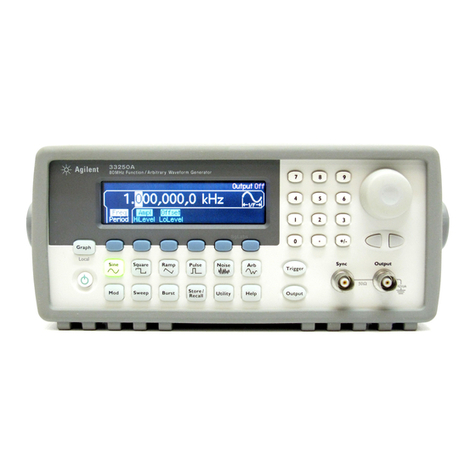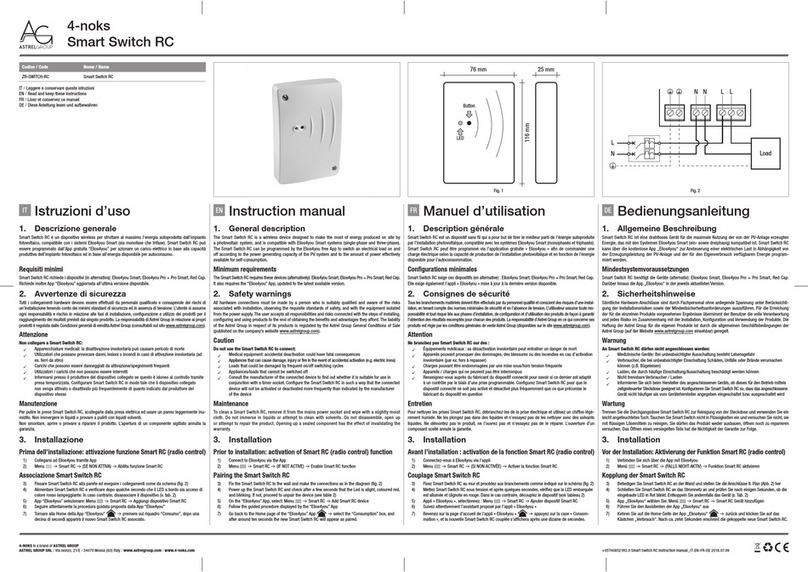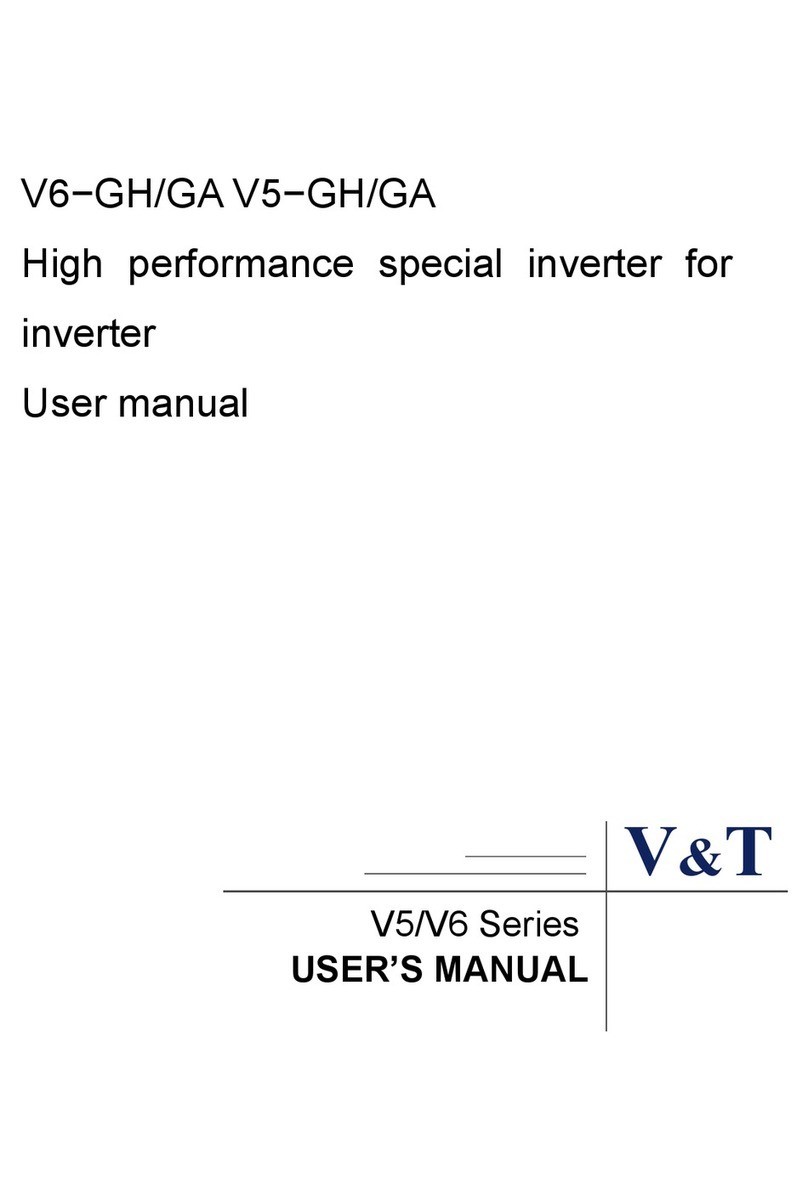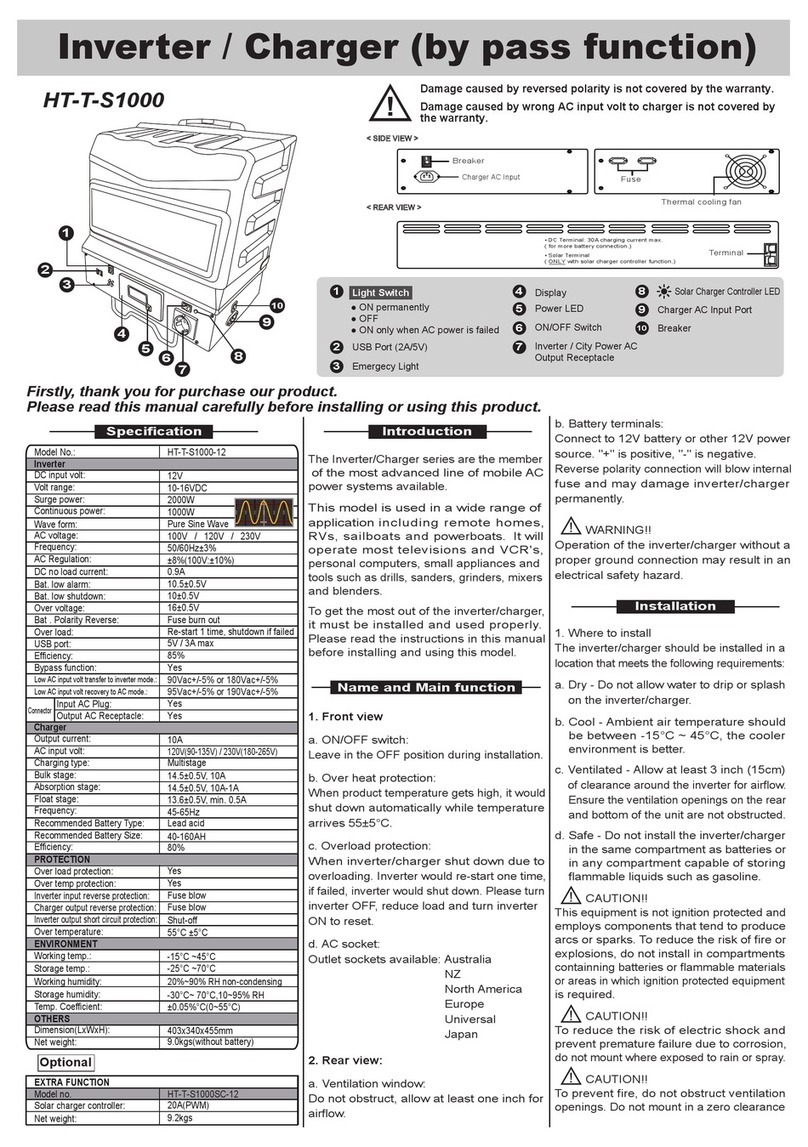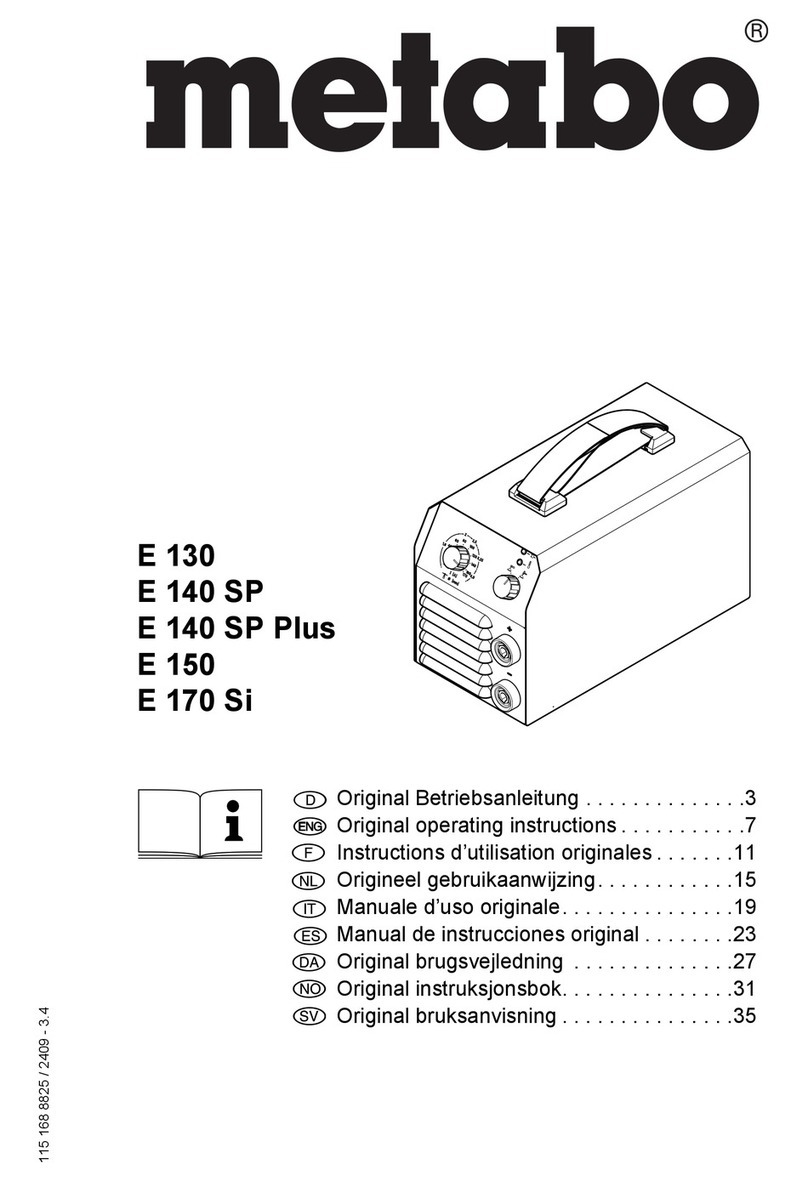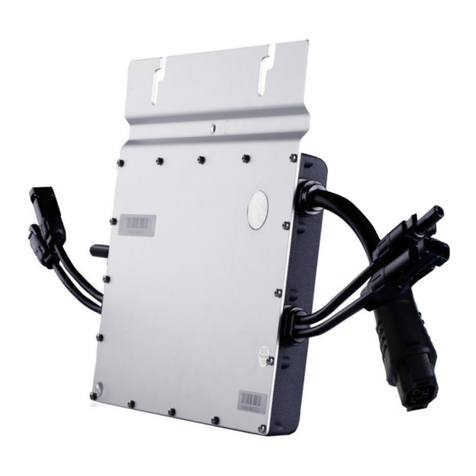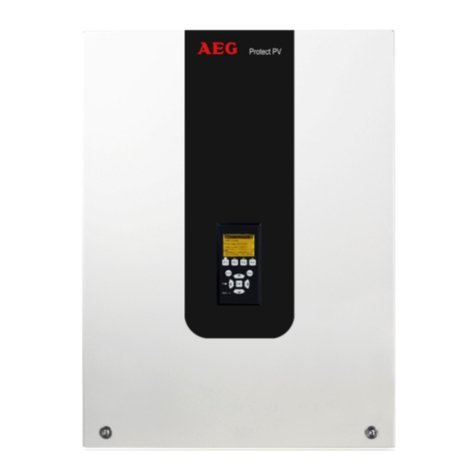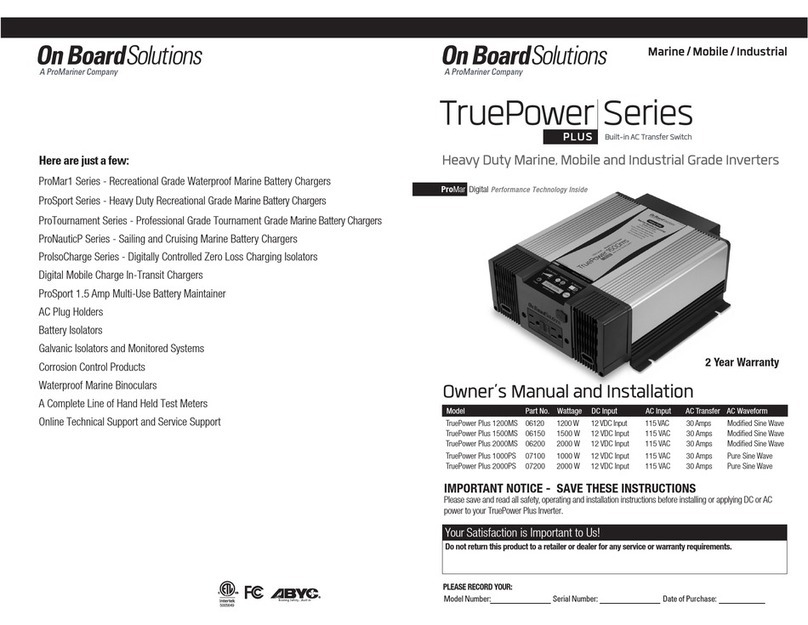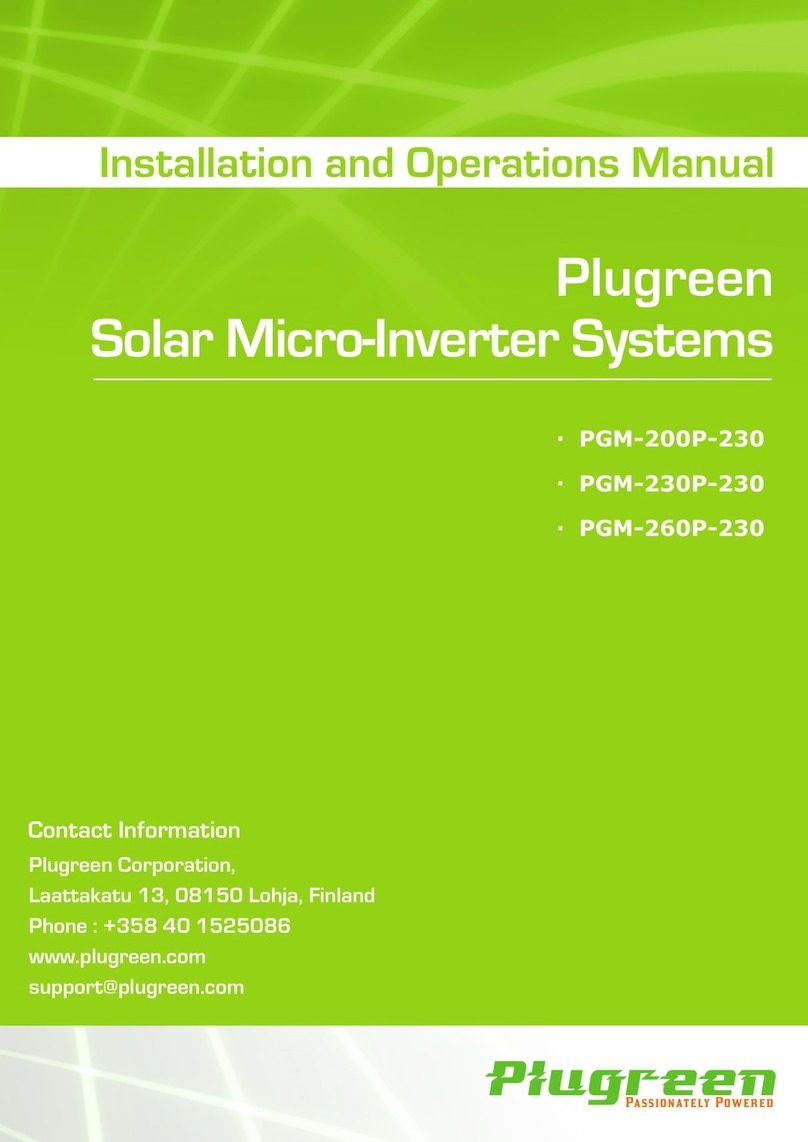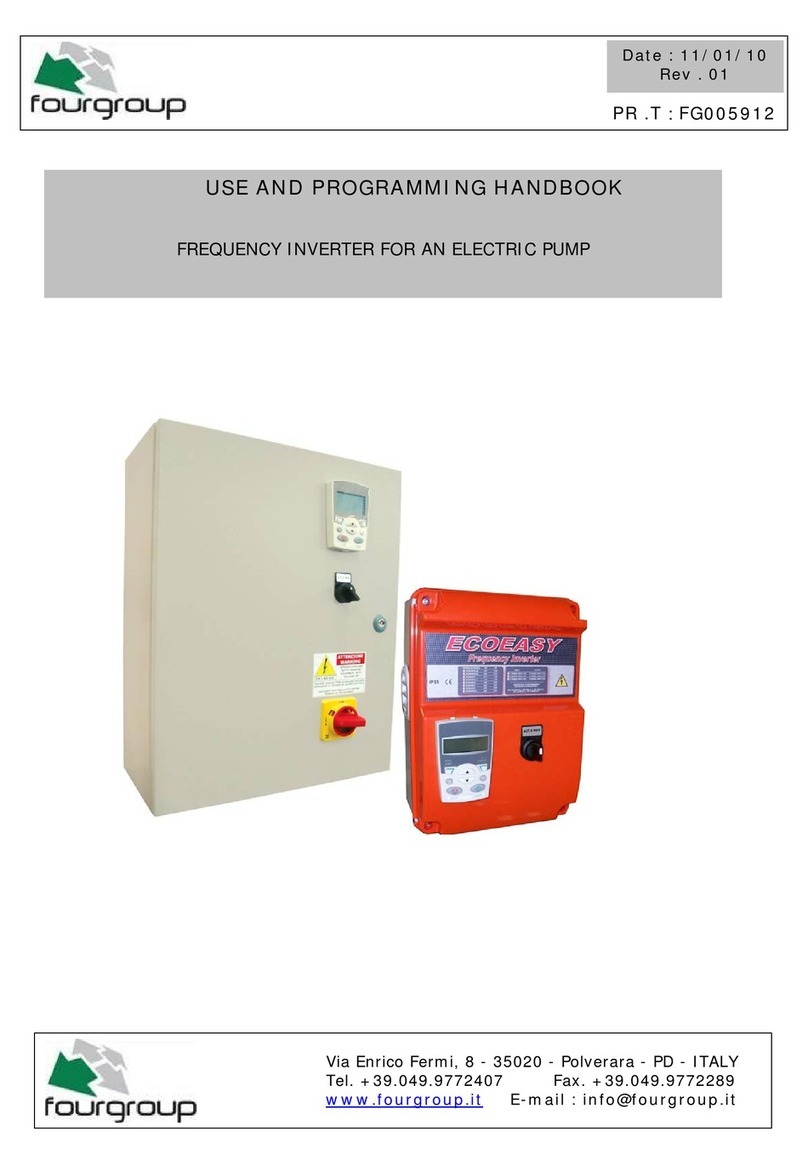
3
avoid any malfunction, do not connect any PV modules with possible current leakage to
the inverter. For example, grounded PV modules will cause current leakage to the inverter.
When using CIGS modules, please be sure NO grounding.
CAUTION: It’s requested to use PV junction box with surge protection. Otherwise, it will
cause damage on inverter when lightning occurs on PV modules.
INTENDED USE
This product is a battery inverter that controls the electrical energy balance in an o-grid
system, in a battery backup system or in a system for increased self-consumption. In a
battery-backup system, you can also use this product for increased self-consumption.
The product is for use in weather-protected outdoor areas and in indoor areas. The product
must only be used as stationary equipment
This product is not suitable for supplying life-sustaining medical devices. A power outage
must not lead to personal injury. AC sources (such as PV inverters) can be used in o-grid
systems and battery-backup systems for energy supply.
INTRODUCTION
This is a multi-function inverter, combining functions of inverter, solar charger and battery
charger to oer uninterruptible power support in a single package. This inverter that
controls the electrical energy balance in an o-grid system, in a battery backup system
or in a system for increased self-consumption. The comprehensive LCD display oers user-
congurable and easy-accessible button operations such as battery charging current, AC
or solar charging priority, and acceptable input voltage based on dierent applications.
Features
Pure sine wave inverter
• Congurable color for the built-in RGB LED bar
• Built-in Wi-Fi for mobile monitoring (APP is required)
• Supports USB On-the-Go function Built-in anti-dusk kit
• Detachable LCD control module with multiple communication ports for BMS (RS485,
CAN-BUS, RS232)
• Congurable input voltage ranges for home appliances and personal computers via
LCD control panel
• Congurable AC/PV output usage timer and prioritization Congurable AC/Solar
charger priority via LCD control panel
• Congurable battery charging current based on applications via LCD control panel
• Compatible to utility mains or generator power Auto restart while AC is recovering
• Overload / Over temperature / short circuit protection
• Smart battery charger design for optimized battery performance
• Cold start function
